Who's afraid of the big, bad wolf?
Not those who visit the 55 wolves living at the Wolf Sanctuary of PA
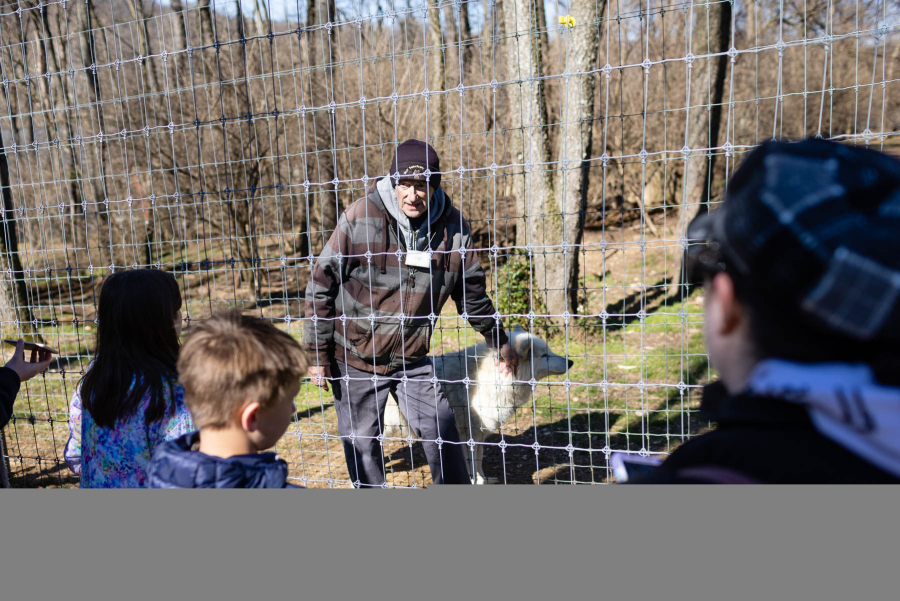
Ever since I first heard about the Wolf Sanctuary of PA, I have been eager to go and check it out.
Wolves always seemed to be mysterious creatures to me—dog-like species that freely roam the woods. Plus, as a Pennsylvania native, I couldn’t believe that I had overlooked this gem that has been around for as long as I have been alive.
Wolves are native to every state in America, with the exception of Hawaii. However, in the northeastern and Mid-Atlantic portions of the country, wolves are extirpated, meaning that they no longer exist in a particular area, although they may be found in other places. In fact, it is believed that the last wolf in Pennsylvania was spotted in 1850. If someone reports seeing a wolf in this part of the country these days, it is most likely a coyote or has wandered down from Canada.
Michelle Mancini, the education coordinator at the sanctuary, says a large part of their mission is to dispel myths about these misunderstood creatures. “People see them as either fairy tale monsters or cute dogs,” she says.
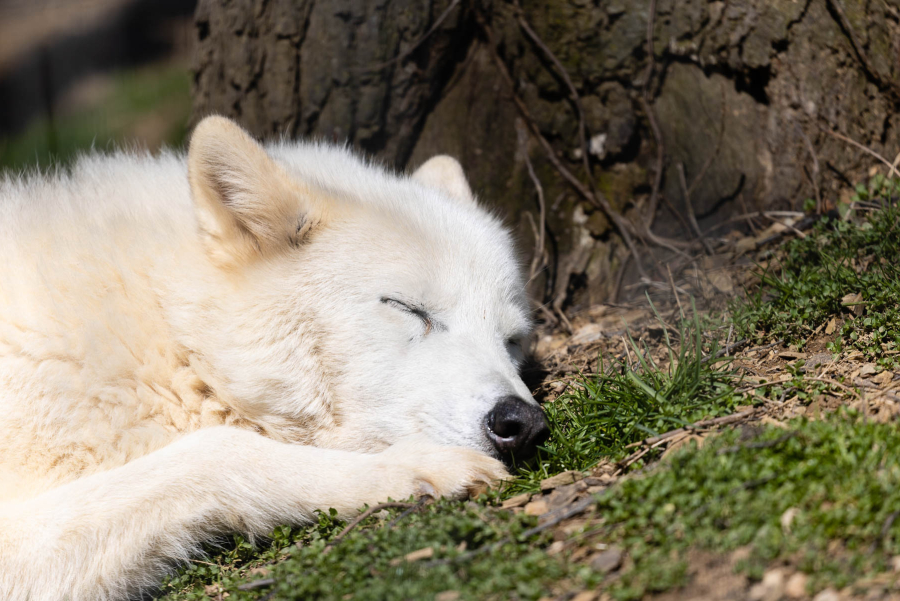
The property that the Wolf Sanctuary of PA now sits on goes back to 1760, when it was a forge. It became a horse farm and a dairy before the Darlington family purchased it in 1942. In the mid-1970s, Bill and Barbara Darlington took in a wolf and a wolf-dog.
The Wolf Sanctuary of PA officially opened its doors in 1980 after Pennsylvania made it illegal to own wolves or wolf-dogs without necessary permits. Instead of simply getting rid of their animals, the Darlingtons decided to file the paperwork to become a private wolf refuge. Soon after, the Pennsylvania Game Commission brought them a wolf they had confiscated that needed a home. The sanctuary now spans over 30 acres of the 128-acre property, employs eight full-time workers and is still growing.
It is illegal to own a purebred wolf in any part of the United States. However, some states do allow the ownership of wolf-dog hybrids. Don’t try it in the Chesapeake Bay watershed though—the only jurisdiction in which it is legal is West Virginia, and the state places strict restrictions on ownership.
Fifty-five wolves currently call the sanctuary home and none of them originated from the wild. They come from all over the country, mainly confiscated from private homes where people thought they could be kept as pets. Others have come from situations of abuse and neglect, many from so-called roadside zoos. Mancini tells us that they take in a few new wolves each year.
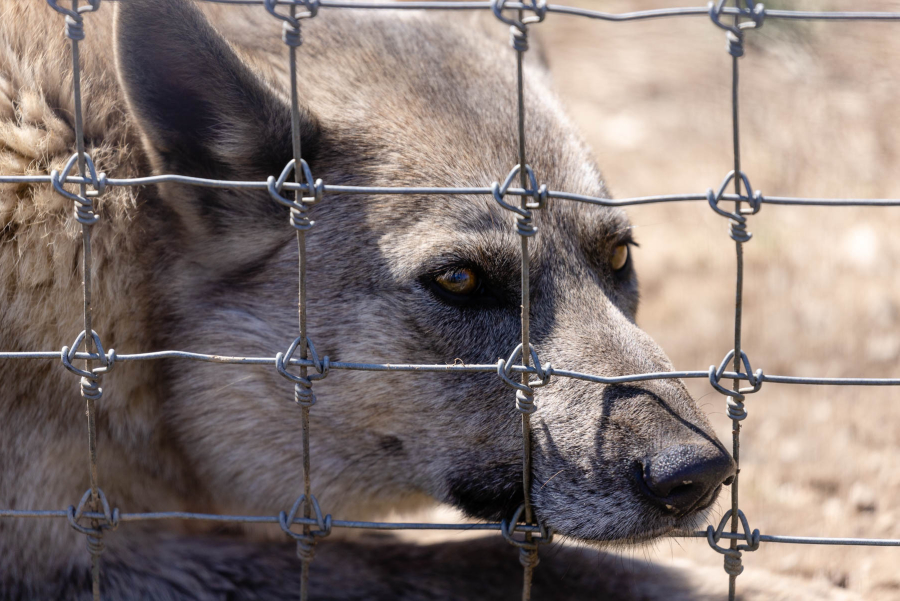
Our volunteer tour guide for the day, Denny Binkley, says that one of the challenges the sanctuary is faced with when bringing in new wolves is pairing them with one another. Wolves are very social creatures and often found in packs. The wolves at the sanctuary are placed in pens that vary from one-and-a-half to three acres of land, and every effort is made to match them up with an appropriate pack mate.
“When two wolves are introduced, we put a temporary fence up in-between them, along with a camera so we can monitor their activity,” says Binkley. “If all goes well, then we’ll keep them together at night, still separated. Then we’ll try leaving the gate open for them to go back and forth.”
It’s particularly important to ensure a slow introduction of two wolves, because in the wild, it is common for a wolf to defend their pack’s territory to the death. A wolf also has the strongest bite pressure of any member of the canine breed, at 1,500 pounds/per square inch (psi), which can easily bite through bone. To put this into perspective, the pressure of a bull shark’s bite only falls around 1,350 psi.
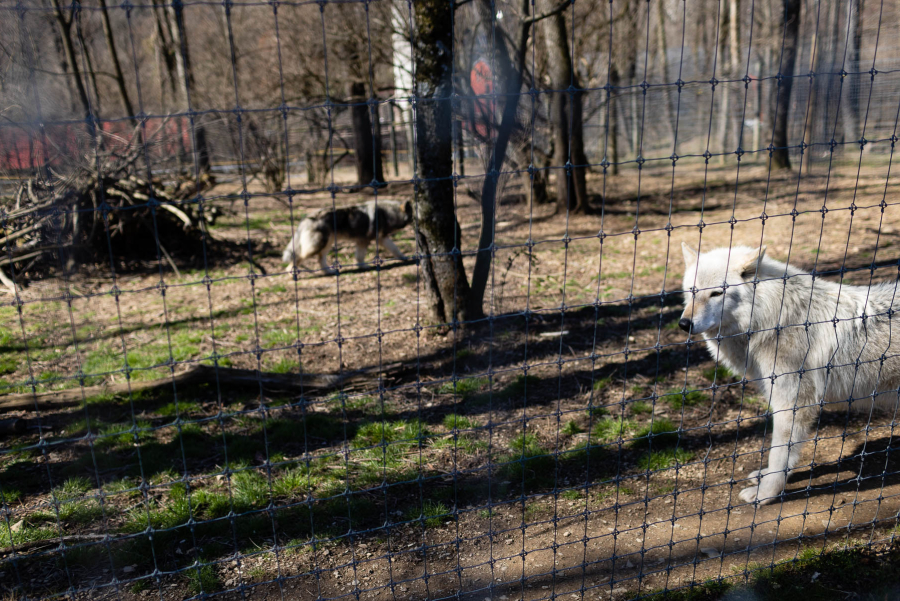
The Wolf Sanctuary of PA takes every precaution that their wolves will not escape, and they haven’t had an incident in the 43 years they’ve been in business. Each of the pens contains an eight-foot-high fence, with 12-foot poles pounded three feet into the ground. To counter the wolves’ digging underneath the fences, chain link fences are laid horizontally underneath each of the pens.
While some may not like to see wolves behind fences, it is important to remember that all the animals living in the sanctuary were never exposed to the wild and most likely would not survive for long on their own. The facility is routinely inspected by the U.S. Department of Agriculture and the Pennsylvania Game Commission, the wolves have regular access to veterinary care and are spayed or neutered upon arrival.
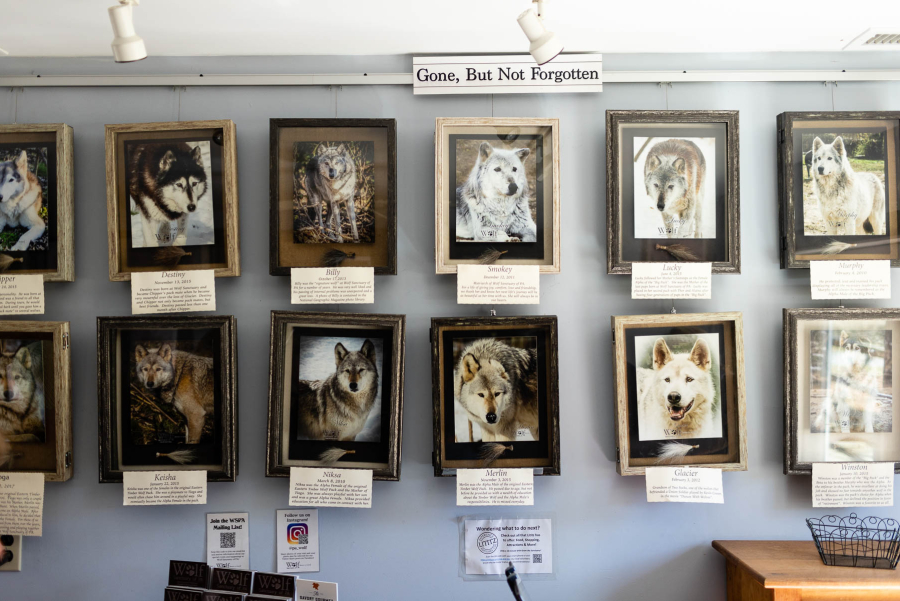
To help feed the wolves, the sanctuary has an agreement with the Pennsylvania Game Commission. They donate edible deer that is picked up as roadkill, that makes up most of the meat the sanctuary receives. Other donations come from nearby food banks when they have meat that is close to spoiling. Denny gleefully tells us that the deer is frozen solid and the wolves are fed at least three pounds of meat once a day at 9:00 a.m.
Mancini says that they take in wolves that are both social and not social, and their only goal is to have the wolves become comfortable with a human presence. This does not mean training the wolves to put on a show, but rather ensuring they feel relaxed when being fed by staff or seeing the veterinarian. The sanctuary also depends on revenue brought in from tours to help take care of the wolves and maintain the property. The staff takes great care to ensure those wolves that are not yet comfortable with seeing a human are not part of the tour.
“We want the wolves to be viewed with a healthy level of respect,” Mancini says.
For me personally, I would never look at them with anything less.

Comments
There are no comments.
Thank you!
Your comment has been received. Before it can be published, the comment will be reviewed by our team to ensure it adheres with our rules of engagement.
Back to recent stories